A Language of Emotion
What Music Does and How it Works
Arthur Bradley

AuthorHouse
1663 Liberty Drive
Bloomington, IN 47403
www.authorhouse.com
Phone: 1-800-839-8640
2009 Arthur Bradley. All rights reserved.
No part of this book may be reproduced, stored in a retrieval system, or transmitted by any means without the written permission of the author.
First published by AuthorHouse 8/31/2009
ISBN: 978-1-4389-1884-6 (sc)
ISBN: 978-1-4389-1885-3 (hc)
ISBN: 978-1-4670-5622-9 (ebk)
The background of the cover design and ten additional images were acquired from Jupiter International, Inc. by arrangement with the publisher. Most of the rest are Dover clip art or memorabilia from the authors files. An artists conception of Pythagoras was copied from a Belgian trading card.
Contents
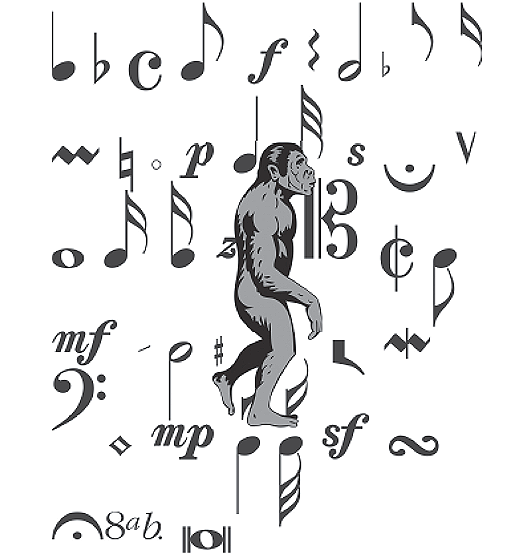
It must have started by accident. Perhaps a partially decayed log lay beside a tree bearing desirable fruit. Homo erectus accidentally dropped his probe on the log and was rewarded with a muted boom. He pounded it harder and fellow tribesmen came closer to investigate. They found that a live tree or solid log would not convert a whack into a loud reverberation, and shrugged it off. We could have explained that the flexibility of the thinner shell increased the amplitude of air vibrations resonating in the hollow interior.
There was now the possibility of communication beyond sight or a vocal cry. Centuries would pass before it was realized that by varying the noise pattern the pounder could signal either gather together or scatter away from danger. It is conceivable that a tribal chief might have acquired a kind of sonic identity before the era of speech led to personal names. The first intentionally emotional drumming was probably intended to build psyche for a fight.
Our cerebellum (or brain stem) has a recognizable antecedent in reptiles. It controls motion and responds to rhythm. A repetitious sound appeals to the animal instinct, whereas tone quality and melody are processed by the cerebral cortex as demonstrated by brain scans and cater more to the highly developed human intellect. The need to reconcile these parallel inputs helps to complete the interlocking connections of the infant brain (Levitin). More will be said about music and children.
It would be a mistake to imagine that darkest Africa has always throbbed with rhythm like a 1928 Saturday night in Harlem. Primitive tribesmen are found today who cannot maintain a steady beat, nor do they care. Strict meter is as rare among traditional cultures as it was in our Western Civilization before the Middle Ages. The complex off-beats and internal counter-rhythms that characterize African music today were probably developed during the last few millennia.
Prehistoric man would have been howling to express himself long before developing any concept of melody. The kind of vocal exercise that we could consider singing was likely invented as a communication device or an aid to remembering words, and came later.
Man was capable of imitating sounds of nature. This was helpful in hunting, or private signaling, as well as a source of innocent amusement. Could you fool your friend with a bird call? Are those birds talking to each other? What do they say? Chick-a-dee. Whip-poor-will. Bob White. Since we can fit our own words to bird melody, it would be a natural assumption that it has meaning for the wild creatures.
Birds would merit little consideration as musicians except for the remarkable fact that they often sing on key. They seem to have an instinctive feel for the tonality discovered by humanity during the Renaissance. Do creative males have an edge on the rest? It does not seem likely because those melodies are more or less genetically wired. One experimenter injected a female bird with testosterone and she started to warble the same song as her mate (Storr). These calls express an extremely narrow range of emotion, and the key rarely changes. An early theory that man learned to sing from the birds carries little weight today, but their influence cannot be entirely dismissed.
Anyone interested in seeing how bird calls can be annotated as sheet music will find a nightingale, a sparrow, and a thrush represented by Prof. Geza Revesz. The rooster crow also comes up for discussion therein. Apparently it never changes contour, but can vary by a whole note from day to day.
***
We know little about music in antiquity. The first hint of an instrument is a fragment of bone discovered in a 50,000-year old Neanderthal burial ground. It has holes that may have been man made. Daniel Levitin refers to it as the Slovenian bone flute but few others are convinced. It is by no means certain that homo sapiens had as yet achieved articulate speech.
The sudden appearance of cave paintings and decorated tools about 35,000 BC has suggested to some geneticists that a mutation had occurred that introduced the concept of art into the human brain. Could music be far behind? A collection of varying lengths of wood among the ashes of a paleolithic campfire might have been components of a primitive xylophone. Intact and playable 9,000 year old flutes have been found in China. One of them sounded the interval of an octave (Gazzaniga).
Gradual development of the various musical instruments will be discussed in a later chapter. Whenever and wherever they existed in pre-history, they suggest some kind of primitive composition. Surely the Sumerians, Akkadians, and Hittites tried new successions of tones for amusement. We would expect that the best combinations would have tended to live on, but maybe not.
There has been much speculation about what role music played in primitive life. Jean Jacques Rousseau wrote that it could express feelings with good carrying power. Song readily conveys joy or sorrow, conquest or distress. It was an extension of the singers personality, as well as a pleasant exercise.
Marcel Proust wondered whether music could have once been employed as a principal means of communication. Speech could have come later, more structured and distilled to the essentials. Charles Darwin noted that speech has pitch values, and suggested it may have developed from mating calls (Levitin).
The earliest literature was constructed as blank verse, to be learned by heart and recalled as a protracted chant. It far pre-dates the invention of writing in the second or third millenium BC, the latter intended initially for business purposes and as a stimulant or supplement to memory. It probably never occurred to Homer (ca 1000 BC) that historical mythology could be preserved as prose as well as poetry. Certainly not as elegantly. Compared with recitation, writing is a relatively dry and detached form of communication.
Tonal patterns that originated in verse still enhance all but the very dullest speech. Some of these have been identified and catalogued by linguists, and the more obvious characteristics can be assigned to a specific region or social status. The normal pitch range in English today is about a fifth (say E 
 B for men) when relaxed, wider when excited (Storr).
B for men) when relaxed, wider when excited (Storr).
It has even been proposed (but not strenuously defended) that song may not have come first but developed out of natural inflections of human speech. A case could be made for the individual vocal complaints of a field of laborers gradually blending into a common statement. This approach to singing could also be applied to cries of battle, or the hunt. Tally Ho!
Next page
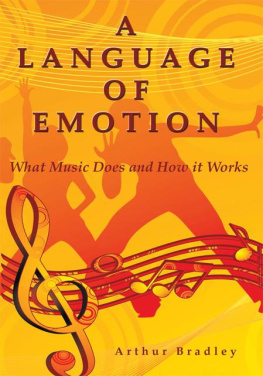

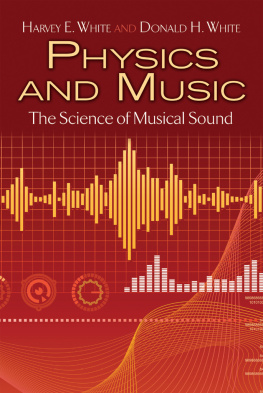
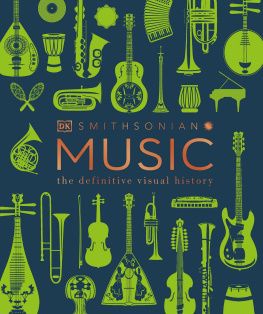


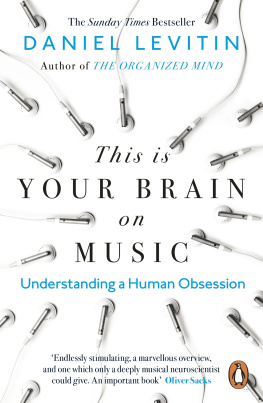

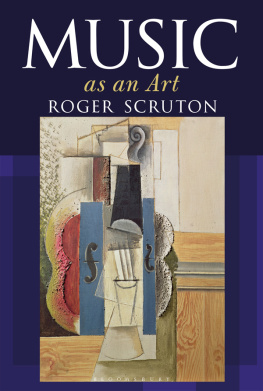
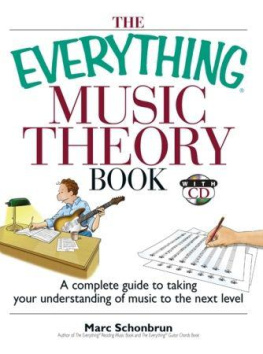



 B for men) when relaxed, wider when excited (Storr).
B for men) when relaxed, wider when excited (Storr).